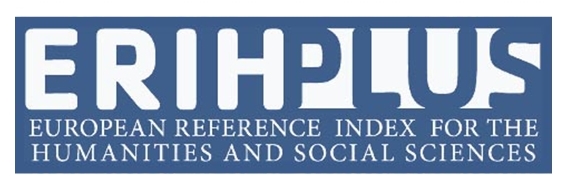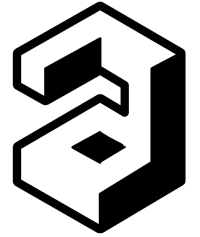
More articles from Volume 16, Issue 1, 2024
Overview of systematic reviews on the most common sports injuries
Risk factors for shoulder injury in professional male handball players: A systematic review
Sports injuries in athletes with disabilities
Musculoskeletal injuries in bodybuilders: A brief review with an emphasis on injury mechanisms
Discrepancies in the prevalence, risk factors, diagnosis, and treatment of stress fractures between long-distance runners and sprinters: A qualitative review of systematic reviews
Effectiveness of EMMETT technique on Iliotibial band tightness in football players
 ,
,
General Hospital “Šibenik”, Šibenik, Croatia
 ,
,
University of Split, Faculty of Kinesiology, Split, Croatia

Croatian Football Club “Šibenik”, Šibenik, Croatia
Editor: Žiga Kozinc
Abstract
The EMMETT technique, developed in Australia, is a manual therapy method gaining recognition for its non-invasive approach and reported effectiveness. This study aims to determine the impact of the EMMETT technique on iliotibial band (ITB) flexibility in young male football athletes. A total of 43 athletes (age 17.21 ± 1.99 years) were randomly assigned to either a control group (n=22) or an experimental group (n=21). The experimental group received the EMMETT technique, while the control group remained in a side-lying position for one minute. ITB flexibility was measured using the EasyAngle® goniometer through the Ober test before and after the intervention. The results showed a significant increase in ITB flexibility in the experimental group compared to the control group. Despite the positive findings, the study has limitations, including a small sample size, focus on a specific demographic (young male football players), and short-term assessment. Future research should include larger, more diverse populations and long-term follow-up to validate these results and explore the broader applications of the EMMETT technique. This study supports the potential of the EMMETT technique as an effective manual therapy for improving ITB flexibility.
Keywords
References
Citation
Copyright

This work is licensed under a Creative Commons Attribution-NonCommercial-ShareAlike 4.0 International License.
Article metrics
The statements, opinions and data contained in the journal are solely those of the individual authors and contributors and not of the publisher and the editor(s). We stay neutral with regard to jurisdictional claims in published maps and institutional affiliations.
























